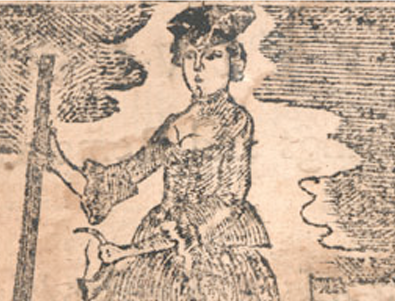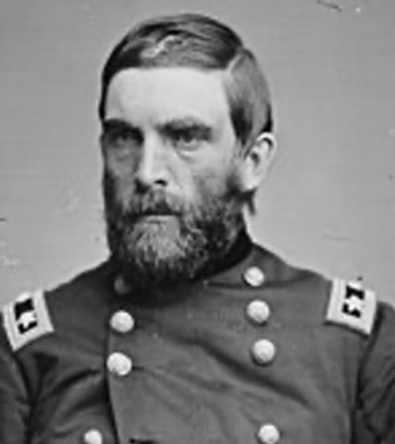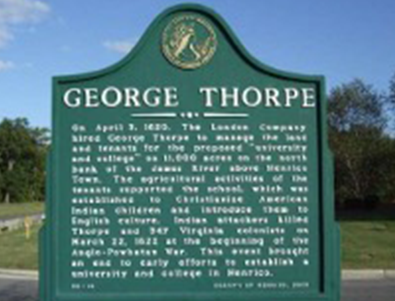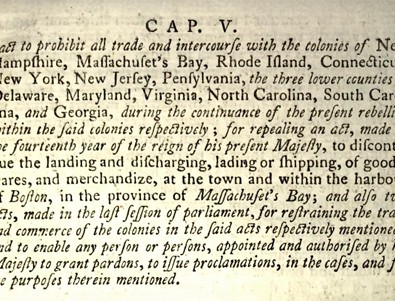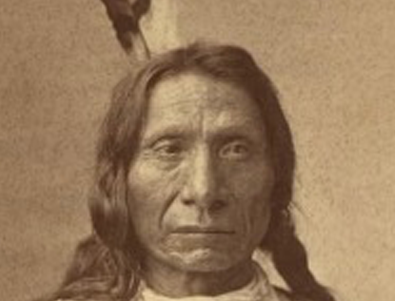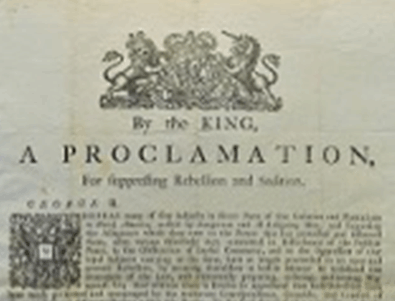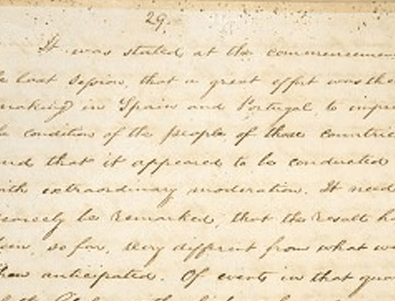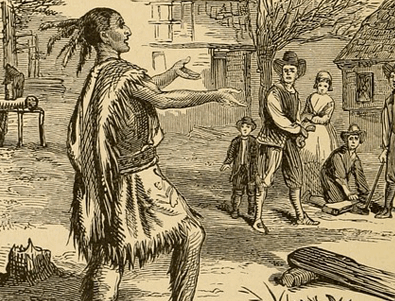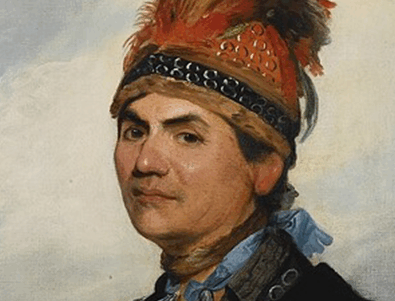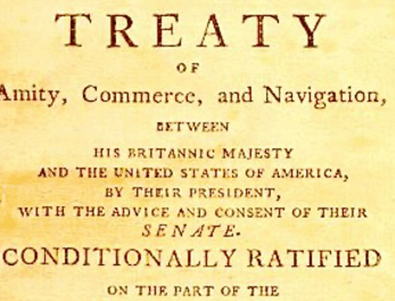Remembering Mary Rowlandson
For many Americans, the history of 17th Century New England conjures up images of hardy immigrants making their way across the ocean, taming nature, and bringing European cultural, social and...
Remembering Grenville Dodge
The American Civil War produced a long list of generals who led men into battle, and in some cases became American heroes: Ulysses S. Grant, William Tecumseh Sherman, and Philip Sheridan come to...
Remembering George Thorpe
One of the most tragic events at the Jamestowne Colony in its early years was the Massacre of 1622, in which many settlers lost their lives. One of them was George Thorpe, who had worked tirelessly...
The 250th Anniversary of the Prohibitory Act of 1775: King George III Takes Off the Gloves
While it was only one paragraph long, the Prohibitory Act of 1775 was a bombshell for the American colonists who were now at war with their mother country, Great Britain. In the Fall of 1775,...
Remembering Red Cloud
We’ve written before about some of the greatest Native-American warriors of the 19th century: Crazy Horse, Chief Joseph, and Quanah Parker, to name a few. Today we write about another of the great...
December 1775: Great Britain and America Exchange a War of Words, as the Revolutionary War Intensifies
Months after the “Shot Heard ‘Round the World” kicked off the American Revolution in April 1775, a large number of colonists—a very large number– were still reluctant to declare...
December 2, 1823: The “Monroe Doctrine” Is Announced, Charting the Course of Future American Foreign Policy
Handwritten text of Monroe’s State of the Union Address, Dec. 2, 1823 It was called the “Era of Good Feelings.” The first term of the presidency of James Monroe was a period of economic growth,...
Remembering Squanto
When the Pilgrims arrived at Cape Cod in the Fall of 1620, they were immediately faced with the task of starting a new colony in North America with only the barest of essentials to sustain them as...
Remembering Joseph Brant
On November 24, 1807, one of the most famous Native-American warriors and political leaders of the 18th century died at the age of 64, after a life spent battling for the sovereignty of the Mohawk...
After the Revolution
How the Jay Treaty of 1794 Unleashed a National Debate Over American Trade and Commerce with Its Former Foe, Great Britain. In the decades following the end of the American Revolution in 1783, our...

